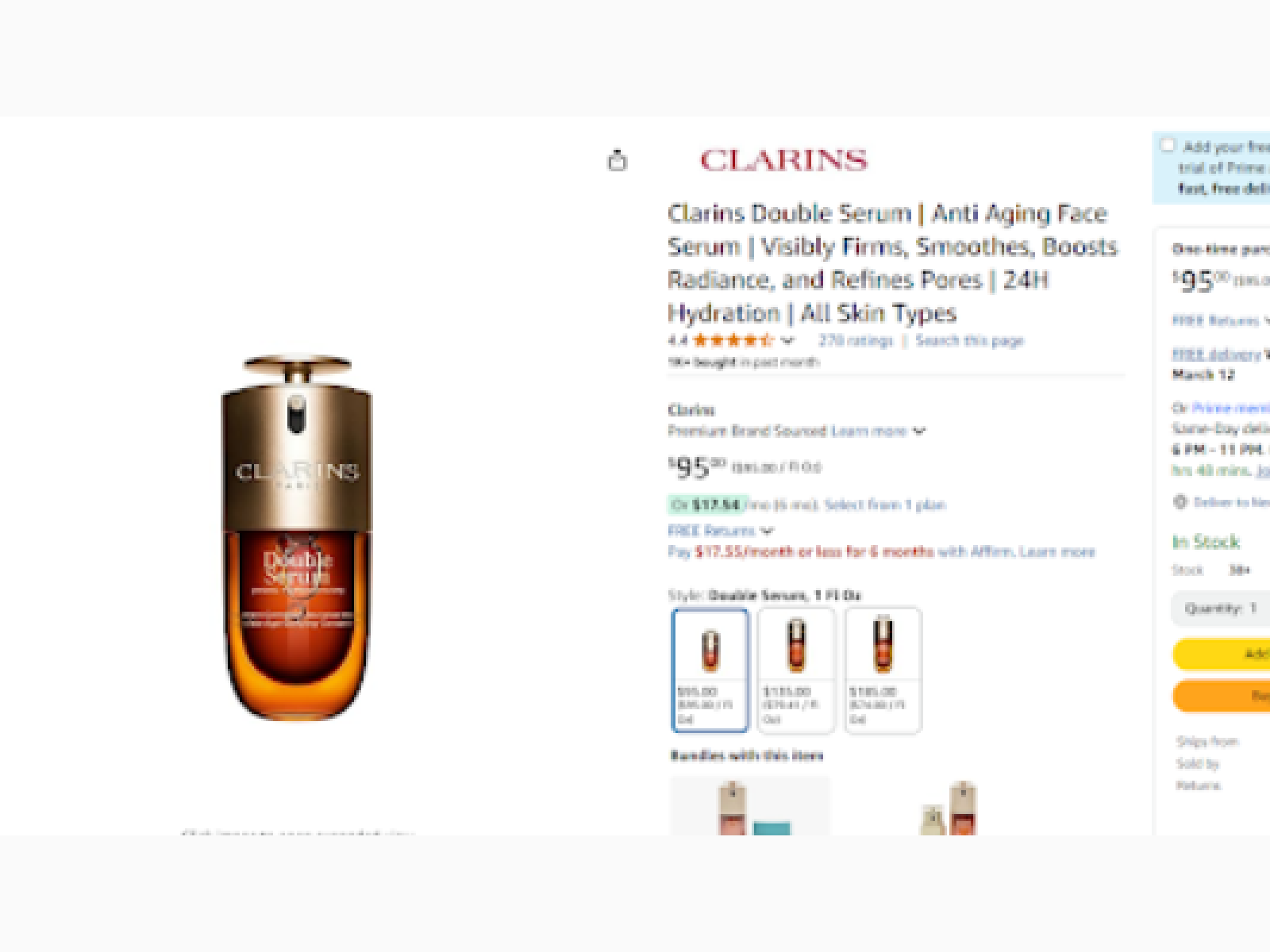Premium Skincare Trends
Recently I have been working on a project for a client in the skincare space and it seems that consumers in the space are changing. We can now see from our research that consumers are a lot more savvy, being aware of the ingredients that go into their products and actively search for them. Whilst we have seen an uplift in ingredients, we have seen a mix of trends for the needs that consumers may be looking for and on some occasions they are seeing a decline. This indicates that consumers are becoming more educated about what ingredients do for example, knowing that hyaluronic acid is a key ingredient to support anti aging.
On Amazon, We have noticed that brands have noticed this trend calling out key ingredients such as “hyaluronic acid” or “vitamin c” and needs for some brands appear to have become less important. We recently noticed a key difference between how premium brands present themselves vs mass market. Typically, we might consider that a mass market product may be targeting a broad range of demographics and therefore reaching new Gen Z audiences who may be influenced by social channels on what is the best ingredient for their skin. Comparing this to a premium product with a higher price point. We would expect consumers to have larger disposable income, therefore potentially an older generation who might not be influenced by social channels as much.
Clarins form a really good example of this, they are likely to have a more wealthy audience who are potentially older.

In the title, Clarins call out all of the needs that the consumer might be looking to remedy but no ingredients. Many skincare products are focused on anti-aging but in this scenario it could be targeting an audience that may be more concerned about this. The fact the brand hasn’t incorporated any ingredients into their title or the impact they have (e.g. “collagen production” also something that has a lot of search volume) makes me curious of their strategy. Are Clarins purposefully leaving ingredients out of their content as they might alienate their core audience, have they not caught on to these trends or do their brand guidelines not give flexibility? We don’t know the answer to this but any of those reasons might be plausible.
Our recommendation would be to do your research and to test and learn to discover what works best for your products. Utilising highly searched words would likely give a better chance of ranking for them so this should lead to increases in traffic and sales so following the trend of including ingredients in content could be a great change in strategy to drive growth.



